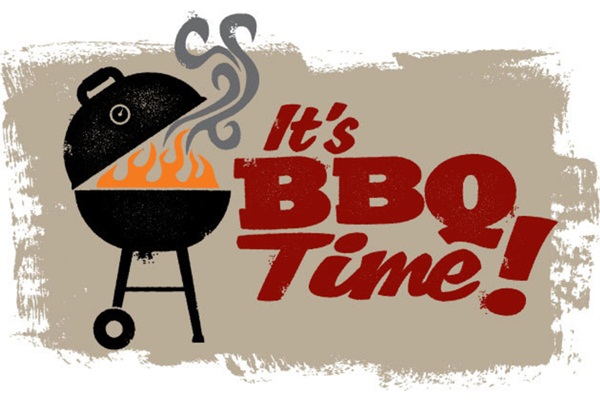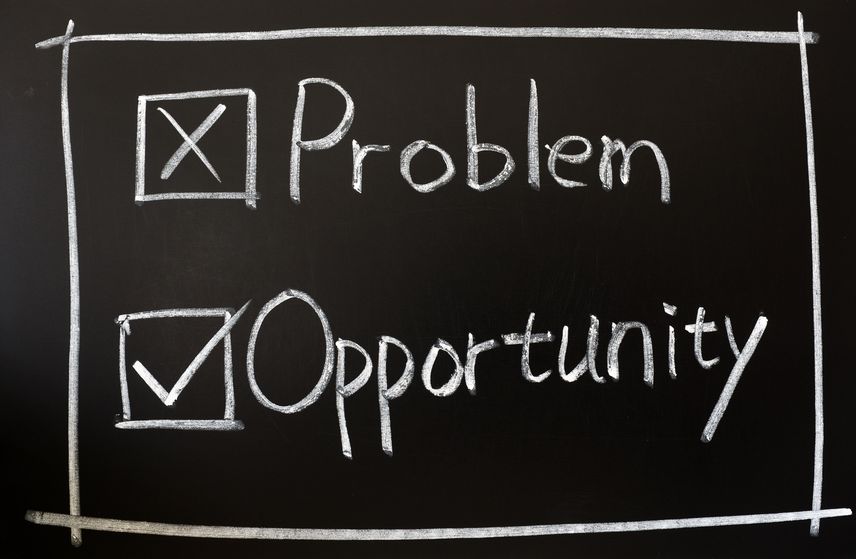As the pressure for change ramps up, we are talking a lot about “culture change” in the justice system. If we are going to throw this term around, we have to be ready to confront what it really means.
“Culture change” does not mean tinkering with the works (as in, let’s shorten the time period for discoveries or the number of expert witnesses who can be called in a trial). It does not mean “filling the gaps” (as is, let’s add a legal aid worker or an advice counsel to our local courthouse).
The heart of “culture change” is modifying or changing our values and beliefs
Culture change isn’t cosmetic – tinkering with the works – or superficial – filling the gaps – and it also isn’t just jumping on the bandwagon because a rallying cry for access to justice has become fashionable.
Because what we mean by “culture” is shaped by our core values and beliefs. These values and beliefs determine how we behave and the choices we make – and hence they shape our “culture”.
Our values and beliefs govern what we see as our obligations to one another, our normative or expected behaviors, and in this context, what we regard as acceptable and unacceptable standards of public service for the family justice system.
When people change/ modify their beliefs and values, they change both what they think, and what they do.
For example – if we believe that an effective and accessible system of public dispute resolution as just as important to our society as a public health system or a public education system, that will alter both how we think and how we talk about this issue, not only among ourselves but to elected officials and to other citizens.
What values presently lie at the core of the family justice system?
The values that sustain the present culture are pretty clear to us all. They include adversarialism (a model in which there are winners and losers), and the acceptance of multiple hierarchies (lawyer/client, judge/lawyer, lower court/ upper court etc) – which make the trump cards in the winning and losing game technical knowledge and professional expertise. The whole system is underpinned by the values of deference to tradition and adherence to the status quo, and this inevitably constrains challenges and critique.
It’s a remarkable enduring and self-sustaining system. In large part that is because these cultural values are determined and maintained by the professionals who work within the family justice system.
What they are saying – explicitly or implicitly – is, “we are the experts – and we know best what is good for the public.”
But the public is increasingly saying – no you don’t. What we want and what you say is good for us are becoming miles and miles apart, parallel universes.
So what would the justice system look like if it were designed for and by its users?
It would be affordable. It would be understandable (because the public wants to know “why”, not just be told “trust us”). It would be consistent as much as possible – and when it is not, it would explain why not. And it would aim to reduce rather than escalate conflict
To take one concrete example – if we were to redesign legal services from the perspective of users, they would include new delivery models (unbundled legal services, fixed fee services, shared tasking with para-legals and others). New models of legal education and practice would make a clean break with adversarialism – this would not longer be the norm that needs challenging, and we would once and for all drop the “alternative” from ADR (and law schools would integrate a dispute resolution approach into every substantive law school class.)
Redesigning legal services would also require a transformation – its own particular culture change – in the lawyer/client relationship from an expert/novice model into a contemporary consumer paradigm. 21st century consumers are looking for and expect contemporary professional service relationships (and not only in relation to legal services) that offer them value-for-money – beyond anything they might be able to figure out for themselves via the World World Web. Consumers no longer want to simply hand over either their problem, or control over costs, to a professional “expert”.
Culture change requires a “tipping point” – a change in the values and beliefs of the majority
Pressure for change in the family justice system must come from both inside and outside the system.
Loudly and clearly, system users are saying to justice system professionals that they can no longer afford them. And not only can we not afford you, say the system users, but your system does not make sense or feel fair to us – and we are suffering as a result.
Historically we have not listened to system users. Now we must. This has become a primary mission of the ongoing work of the NSRLP (www.representingyourselfcanada.com).
Pressure for change must also come from those inside the system who (even though they are personally invested in it) are courageous enough to stand up and speak out about the urgent need for change.
At present this pressure for change comes primarily from two groups. They are both in the room with you today at the Summit. They are the “pioneers” – or as diffusion theorist Everett Rogers calls them, the “innovators” – individuals who stand up against the status quo, taking significant risks. The second group are what Rogers calls the ”early adopters” – those who have joined the first calls for change and who are now either putting forward their own ideas (early adopters tend to be socially progressive and among the better educated), or are simply ready and open to try new ways of thinking and doing things.
We need alliances among these champions of change – both the “innovators” and the “early adopters”. It does not really matter that their particular motivations and their ideas about change may be diverse – this is in the nature of change processes when there should always be lots of ideas, contending opinions, and debate. The champions of change can probably easily agree on this however – that justice services increasingly serve an elite group of Canadians, primarily wealthy individuals or the corporate sector; and that the system is seen as failing ordinary Canadians. And those who work inside the justice system feel that loss of public trust.
For there to be culture change in the family justice system, a majority must change or modify their values and beliefs
Whatever their diversity, a shared goal of the “early adopters” is to bring on board more people who work inside the justice system who can commit to making changes in how they both conceptualize and offer user services. This is how Rogers says we turn the “early adopters” into the “early majority” – through increasing knowledge of the crisis in access to justice and persuading more individuals to be part of the solution, not the problem.
When we have a majority willing to rethink the system from a user perspective – rather than from the exclusive perspective of tradition, inside knowledge and control by experts – in other words, a majority who are willing to re-examine both how they think, and what they do – then we shall have the beginnings of real culture change.
Discussion at this Summit and the work already completed by the National Action Committee and others can provide us with blueprints for change. In closing, let me leave you with this suggested litmus test for real – not superficial, not cosmetic – culture change:
To achieve culture change in the family justice system, we have to be willing to question (and either justify or change) everything.












Reblogged this on Life of a Phoenix.